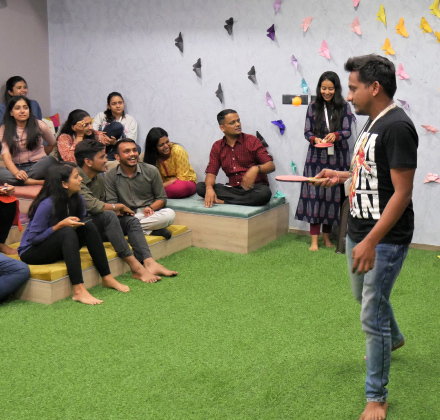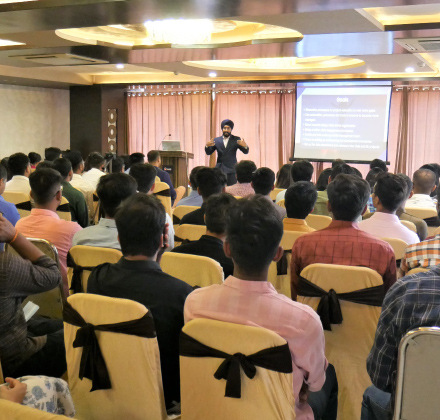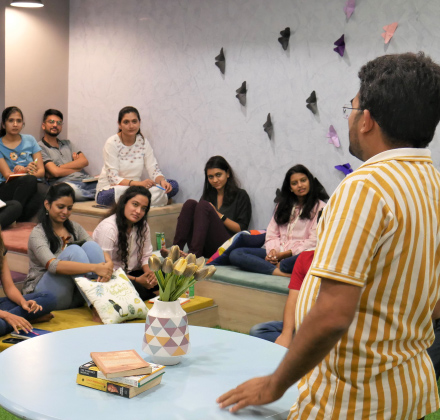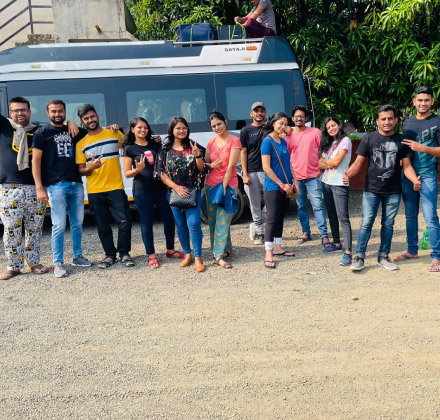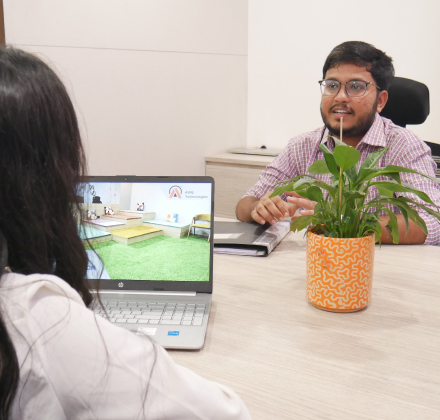
Workforce Diversity = Diversity in views & ideas.
The growing globalization has brought us together as a family, and diversification within the workplace is definitely a smart move. Many organizations think that a diversified workplace means including employees of different genders and religions. But, at Ideatick we believe it is much more than that. Like-minded people work together, they come up with many alike ideas. When different minds are working on the same projects, the end result is a mix of perspectives and opinions. Thus we can safely say that a diverse workforce is more prone to creativity and innovation.
Before preaching the benefits of workplace diversity, it is important to understand the difference between inclusion and diversity. Diversity refers to how a workplace is made in terms of different parameters, while inclusion is how well the diverse workforce is represented and acknowledged. A diverse workplace boosts a company’s brand value and makes it a desired workplace. Thus we can say that it is an asset for attracting the top talents across different pools.
With a diverse workforce, it is likely to understand the customers’ needs and create ideas to meet their expectations. A welcoming environment in the office makes the employees feel accepted and valued and brings in more happiness in the workplace. By hiring individuals from varied backgrounds, we ensure that we can appeal to a wider target market. A diverse workforce attracts and connects the brand with the community around you. An inclusive reputation can help you go a long way towards building a stronger brand.
A diverse team has different experiences and views, which will lead to bringing in diverse solutions. There is a pretty directly proportional link between the diverse work environment and employee engagement. When the employees feel an inclusive work culture, they are more engaged. With this, the culture is not only inclusive of diverse backgrounds but also of different individual perspectives. Employees work happier in their work and remain loyal when they feel accepted and valued. This results in lower turnover rates for the organization.

